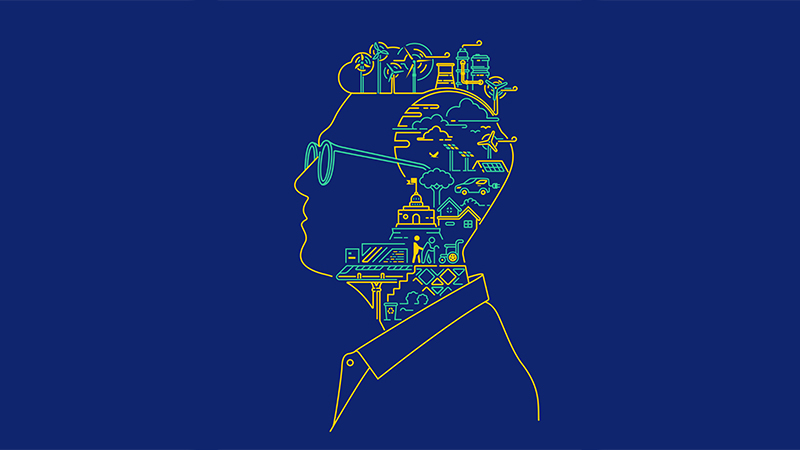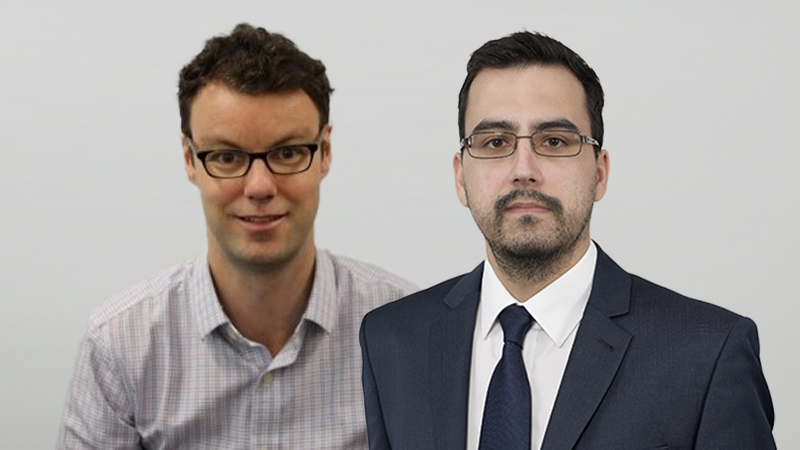By James Whiteman and David Aujla, co-leads of the Diversity Project social mobility workstream
Head over heart. Logic over emotion. Substance over style. These are all false trade-offs; we know that now. But when we started the Diversity Project’s social mobility workstream over three years ago, we were led to believe we needed to choose. At least one of us (ie, the communications expert) should have known better.
Knowing our industry’s personalities, we sided with logic and set out to make a robust business case. The only problem? There wasn’t any empirical evidence. We lacked data (and still do, largely), and even where it did exist isolating the social mobility variable and proving causation was almost impossible. Silos lead to incomplete analysis; we measure proxies and expect deep diversity dividends to emerge.
Alex Edmans, a professor of finance at London Business School, alerted us to these potential banana skins, saving us an inordinate amount of time. We set about creating a more intuitive framework for socioeconomic diversity’s business case. Moneyball mindset, and the mispricing of talent is how we have since pitched things.
See also: The Diversity Project: Charity 4Louis addresses grieving loss amid corporate culture
We were comforted to hear Michael Lewis had trodden a similar path. “If gross miscalculations of a person’s value could occur on a baseball field, before a live audience of thirty thousand, and a television audience of millions more, what did that say about the measurement of performance in other lines of work?”
Absence of proof is not proof absence. We remain convinced that the only real way to prove diversity’s value is to measure at a deeper level and then layer an organisational inclusiveness assessment on top. This requires a more intersectional view that includes demographics, neurotypes, personality, and professional and functional experience. Unlocking this takes time.
However, having fixated on the business case for so long we have recently become more motivated by the moral case for employing a diverse workforce from lower socioeconomic backgrounds. Perhaps this reflects an acceptance of the work ahead in proving the true business case.
See also: Diversity Project expands Pathway programme as women fund managers share success stories
The moral argument is extremely straightforward. Social mobility can literally transform and even save lives. Moving up the socio-economic ladder typically reduces a major stress factor in life, financial wellbeing, and improves health. One study compares socioeconomic status to the health effects of smoking or living a sedentary lifestyle (note to selves!) – suggesting a reduced life expectancy of 2.1 years. Think about that when you are deliberating your next diversity, equity and inclusion (DEI) initiative.
Aside from unnecessarily wrestling with the balance of two mutually inclusive and complementary facets of the case for greater social mobility and socioeconomic diversity, we have been busy elsewhere too. After launching a series of interviews, placed articles and blog posy, we launched our Potential over polish speaker series in 2022 which featured expert speakers such as Matthew Syed, Andy Haldane and Dr Louise Ashley. So aided by a favourable zeitgeist of media and government attention, we have sought to raise awareness and are proud to see social mobility shifting from the corporate social responsibility agenda (aka charity) and into the realm of DEI.
See also: Reboot: Lack of ethnic diversity red flag for 40% of institutional investors
We set out clear targets for Diversity Project member firms. Firstly, collect data. Only then can you understand the extent of any problem and how to intervene. Secondly, support initiatives aimed at improving social mobility. And thirdly, ensure 80% of entry-level candidates come from non-fee-paying schools (allowing for bursary exceptions).
The journey to achieve meaningful progress is not easy and that is why this Social Mobility Day, we are releasing a Social Mobility Toolkit, Levelling the Playing Field: How to Break the Link Between Background and Opportunity. Filled with case studies, definitions and background material, it serves as a guide to help firms – and specifically the individuals within firms courageously trying to shift the dial because that is always how change happens – improve their social mobility footprint and achieve greater socioeconomic diversity.
We all respond to elements of logic and emotion. For an industry obsessed with numbers and finding a competitive edge, it is baffling that little of this enthusiasm finds its way into how we think about people when creating teams.
However, those able to take a leap of faith should ultimately reap the rewards of a diverse, talented and motivated workforce. They should also be comforted by the fact it is flat out the right thing to do.










